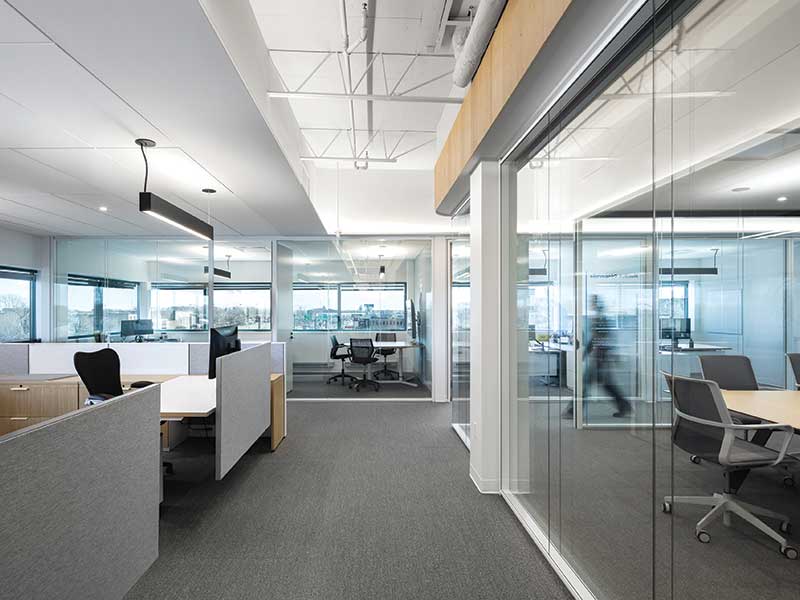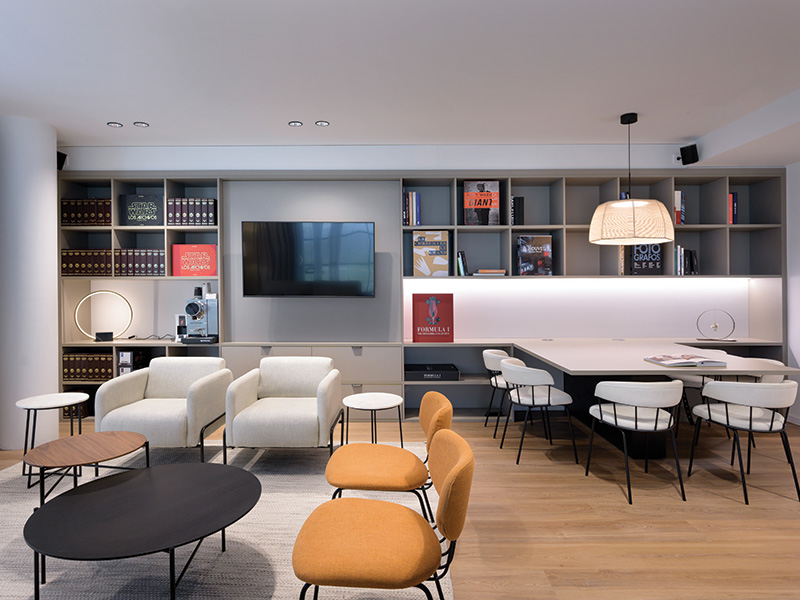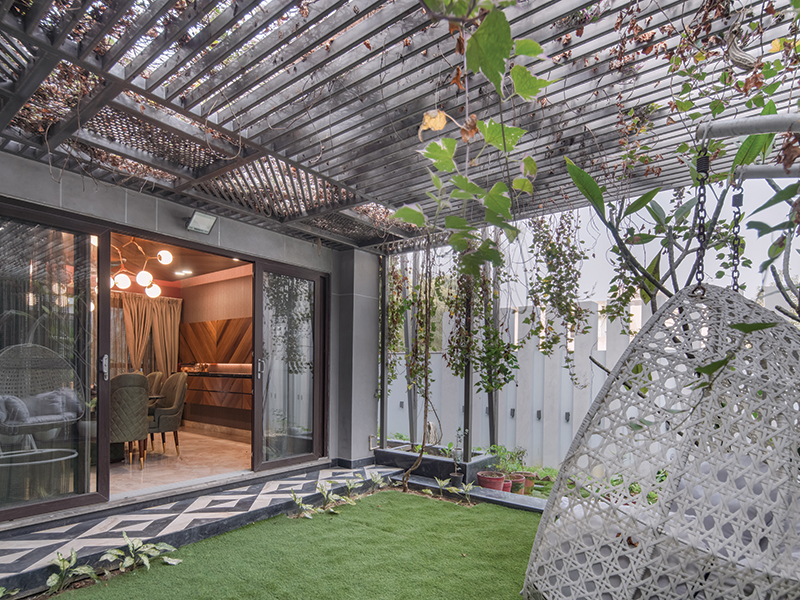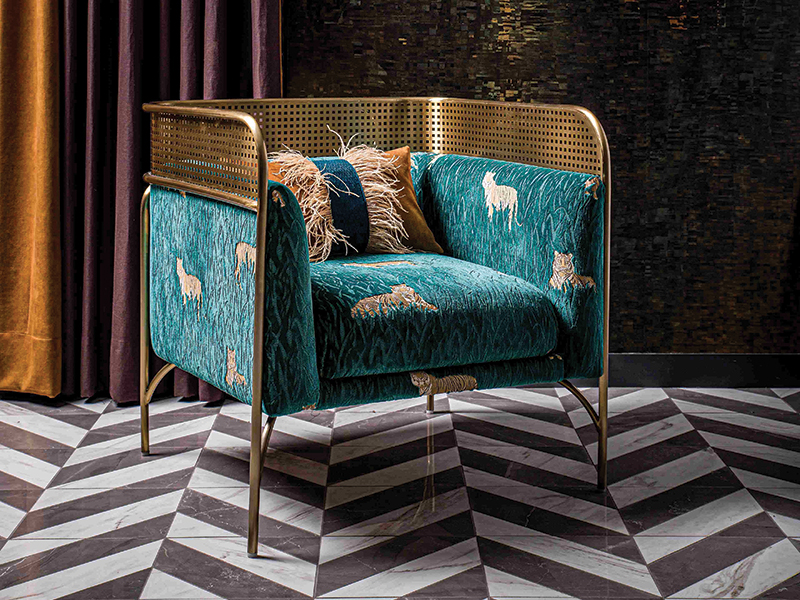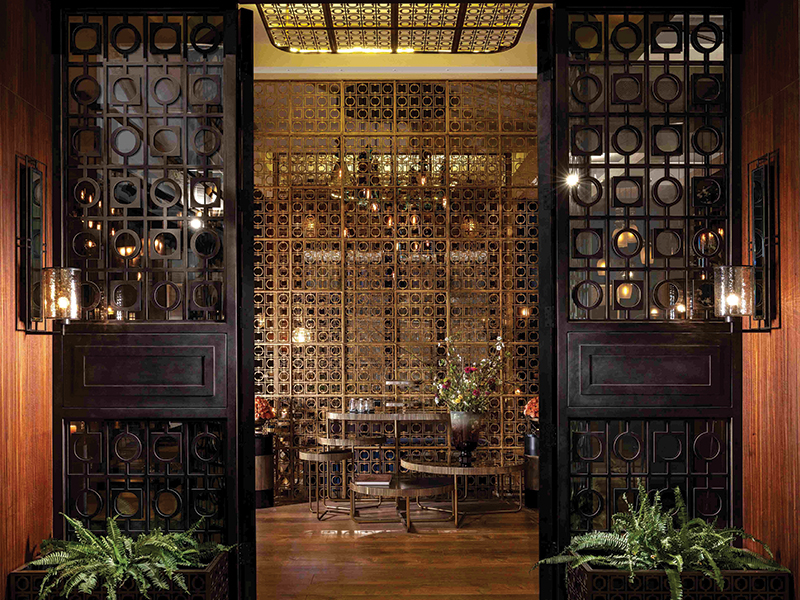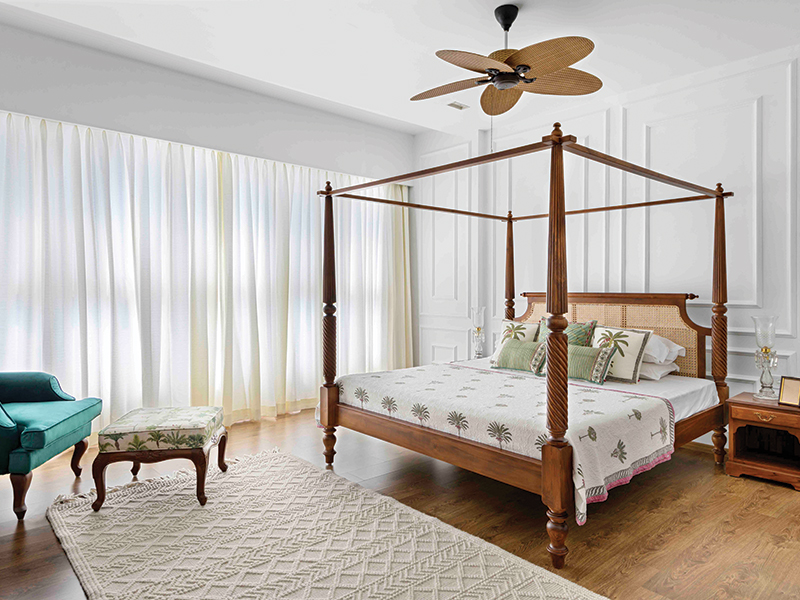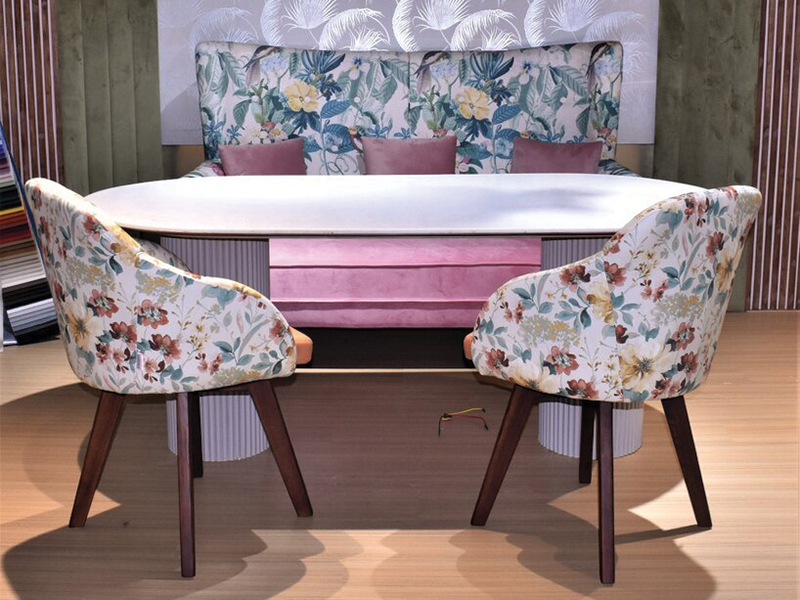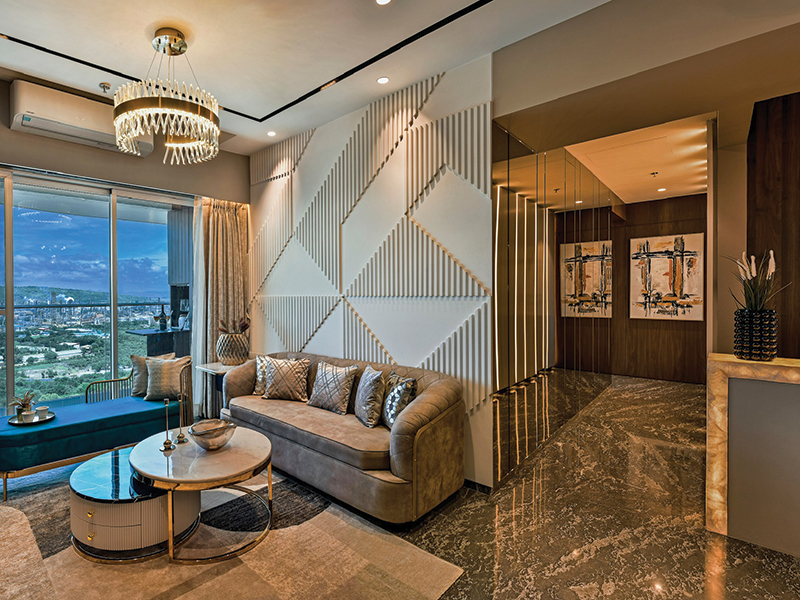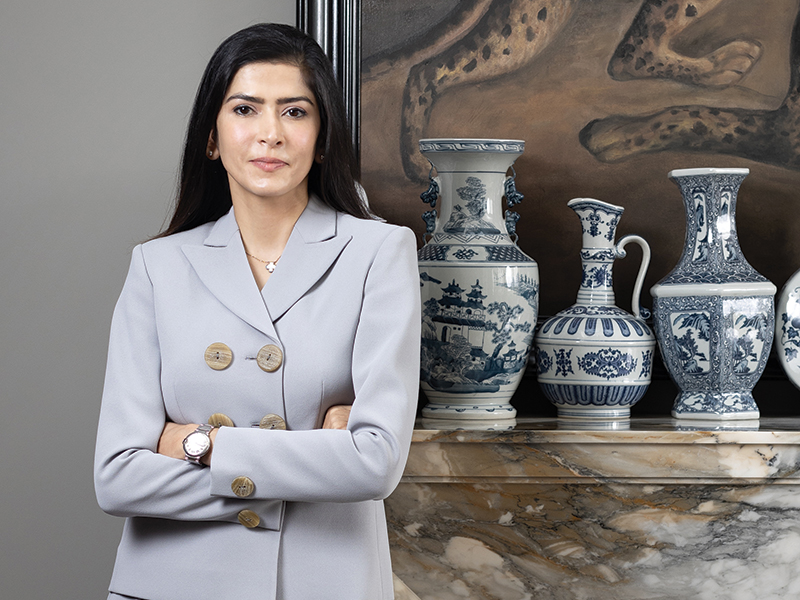Compiled by Seema Gupta
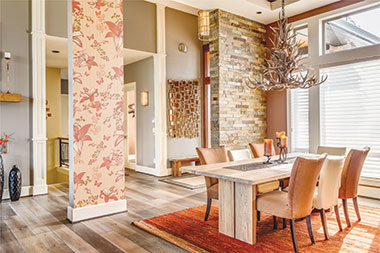
Veneers and laminates offset by colour. Pix courtesy Greenlam
As aspirations grow, the bathroom will offer spa-like immersive experiences to the homeowners, complete with steam, jets and sauna. With homes and apartments shrinking in size, there will be increased attention on cleverly concealed storage spaces, under stairways, walk-in closets, and built-in cabinets.
Bringing the outdoors in with green walls, green roofs and indoor gardens, builders will incorporate outdoor spaces with the overall home design. The garden or lawn will become part of the floor plan with sliding glass doors leading to the patio.

Design for sustainable buildings will take into account both aesthetics and functionality, with a plethora of eco-friendly building materials and solutions for healthier interiors. Eliminating use of materials like asbestos and lead-based paints will eliminate harmful fumes and chemicals in the interiors.
Building material enthusiasts are taking a re-look at wood, bamboo, engineered and cross-laminated timber as alternatives to steel and concrete with respect to their quality and speed of construction, besides their high sustainable properties. The concept of pre-fabricated buildings will gather steam. Architects and builders are using modular building materials to create designs that make abundant use of glass, steel, and wood.
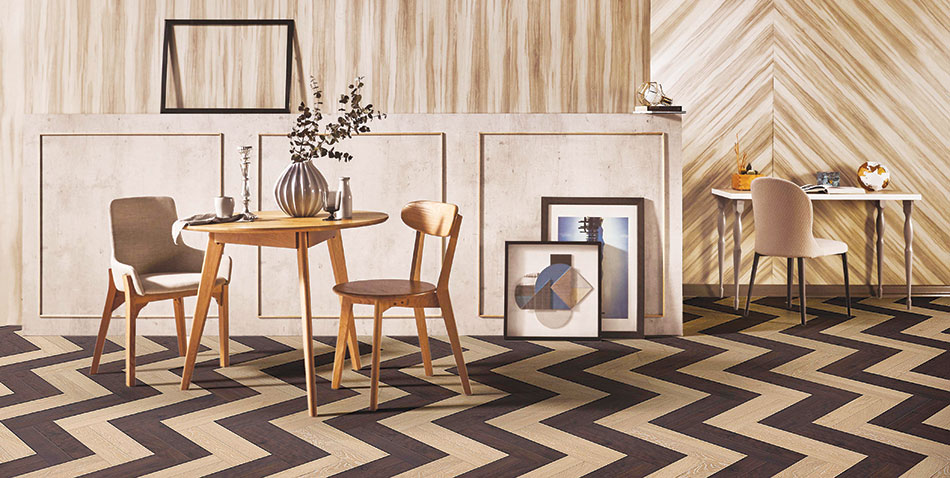
The harmony of light and dark in Mikasa’s new herringbone premium engineered wood floors from Greenlam Industries breaks the monotony of monochrom
Building facades will be made more interesting with unique designs and new materials. At the same time, there will a desire for unobstructed views of the outside with floor-to-ceiling windows in place of walls. Advanced solutions in fenestration with high energy performance glass are making this possible, and also providing greater security to homeowners. Large-sized windows that use low e-glass, reduce artificial lighting and prevent heat and harmful UV rays from entering inside.
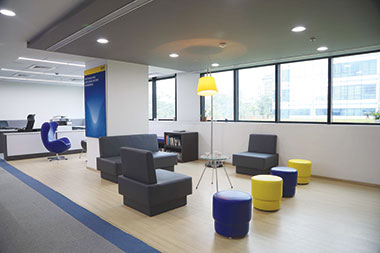
Dachser office design by Team One Architects
Offices will see a blurring of spaces with loosely divided or partially segregated public and private areas. Co-working offices with open-plan designs, modular office furniture for flexibility and optimal usage, and integrated with electronics, will change the way offices are used.
There will be increasing dependence on technology and software by architects, engineers, and contractors in the planning, designing, execution and in preventive maintenance of projects.
As always, changing consumer needs and growing awareness of the possibilities that architectural design can bring to their lives, will influence trends.
More from the architects, interior designers, real estate developers, and product manufacturers in the following pages.
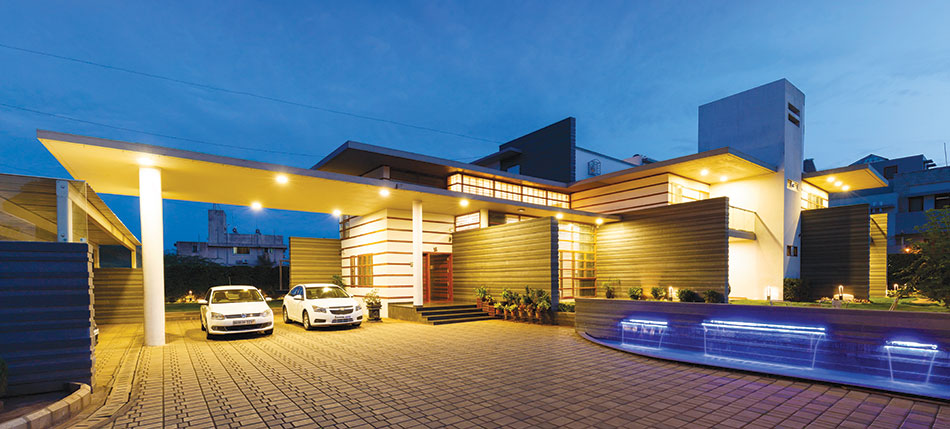
Lighting effect at residence designed by Ar. Sunil Patil

